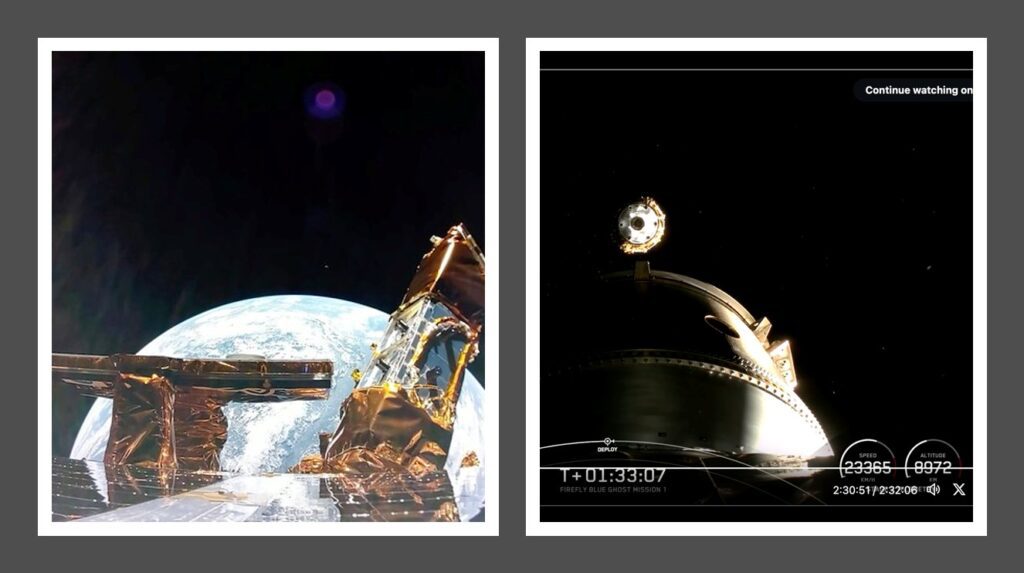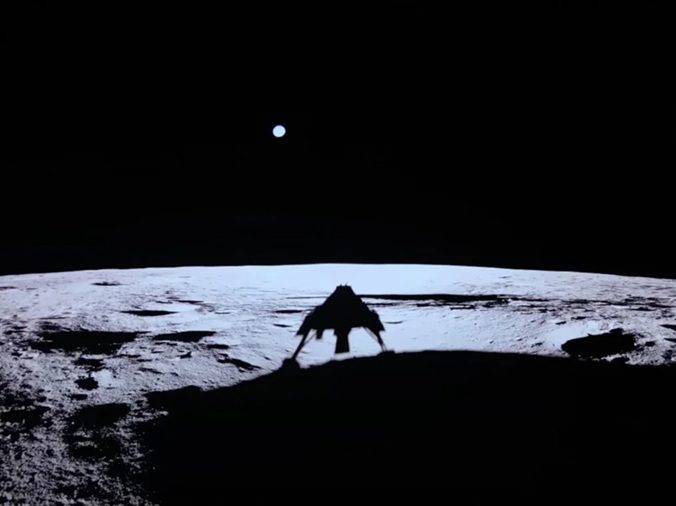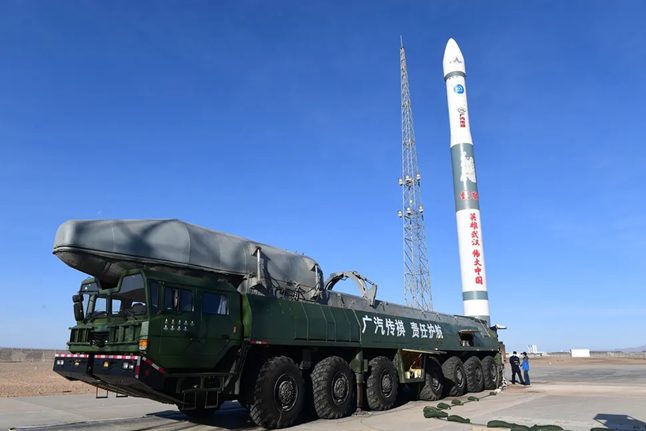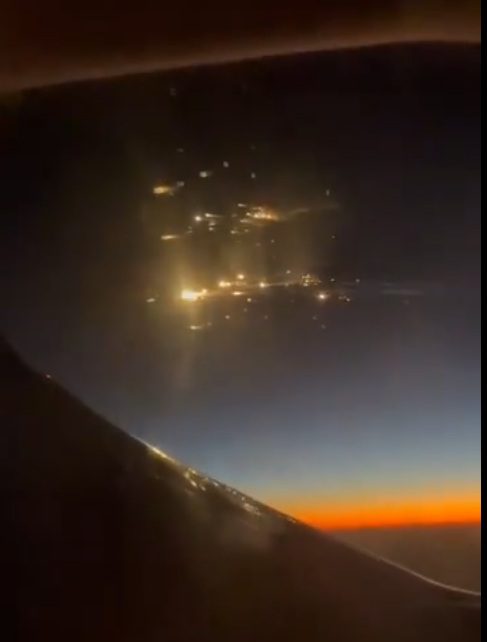David Todd explains what made one Falcon 9 launch stand out from the masses
Falcon 9 rocket launches have become so frequent that the vast majority are barely mentioned by the press these days. So, what was different about a standard SpaceX Falcon 9v1.2FT Block 5 rocket that was launched from the Kennedy Space Center, Florida on 15 January?
It’s what’s inside that counts
Simply put, it was what was inside the rocket that set it apart. It carried not one, but two commercial landers both headed for the Moon, albeit taking different routes: the US lander Blue Ghost 1 and the Japanese lunar lander Hakuto-R M2 Resilience. The sharing of the flight was only announced in December. The arrangement, orchestrated by SpaceX, resulted in a price reduction for the companies behind each of the landers, according to Julianna Scheiman, director of NASA science missions at SpaceX.
The launch occurred at 0611 GMT. The B1085 reusable stage was on its 5th flight and landed on the ‘Just Read The Instructions’ barge.

Firefly’s Blue Ghost lunar lander took an image mid-journey to the Moon while a screenshot from a SpaceX livestream video caught the moment that Hakuto-R M2 Resilience was deployed into space. Courtesy: Firefly Aerospace and SpaceX via ispace.
US lander Blue Ghost 1
Blue Ghost 1 is a lander built and operated by Firefly Aerospace. It carries a variety of science and technology demonstration payloads for NASA under a Commercial Lunar Payload Services (CLPS) contract.
After two burns of the upper stage, the spacecraft was released into a partial transfer orbit where it remained for 25 days. After that the craft used a conventional Perigee Kick Motor (PKM) to perform a translunar injection manoeuvre on 8 February. This put the spacecraft into a four-day transfer to the Moon. Once there, the motor should make another burn to slow it into a full orbit around Earth’s natural satellite. After taking 16 days to lower the orbit, it will land in the Mare Crisium (Sea of Crises) on the Moon.
Hakuto-R M2 Resilience
The Hakuto-R M2 Resilience lander, owned and operated by Japanese firm iSpace, was on ‘a slower boat to China’ – or, in its case, the Moon.
It was released into its own partial transfer orbit after a third burn of the Falcon 9 upper stage. It is using electrical propulsion to slowly raise itself to the Moon over the course of five months. Once there it will attempt a landing in the Mare Frigoris (Sea of Cold).
The Resilience lander, apart from its own science and test payloads, will be releasing a small lunar rover called Tenacious which will gather lunar regolith material that will be sold to NASA for study.
Another notable Falcon 9 flight was that of the Transporter 12 rideshare launch from Vandenberg, California, on 14 January. It carried a hefty number of spacecraft (131 at the last count). For context, a typical Starlink launch on a Falcon 9 carries around 21 v2 Mini communication spacecraft into Low Earth Orbit. It also stood out from the plethora of Falcon 9 flights because its reusable first stage still had enough propellant to land back on Terra Firma at Landing Zone 4 (LZ-4) near the launch site, rather than onto a drone barge down range.





